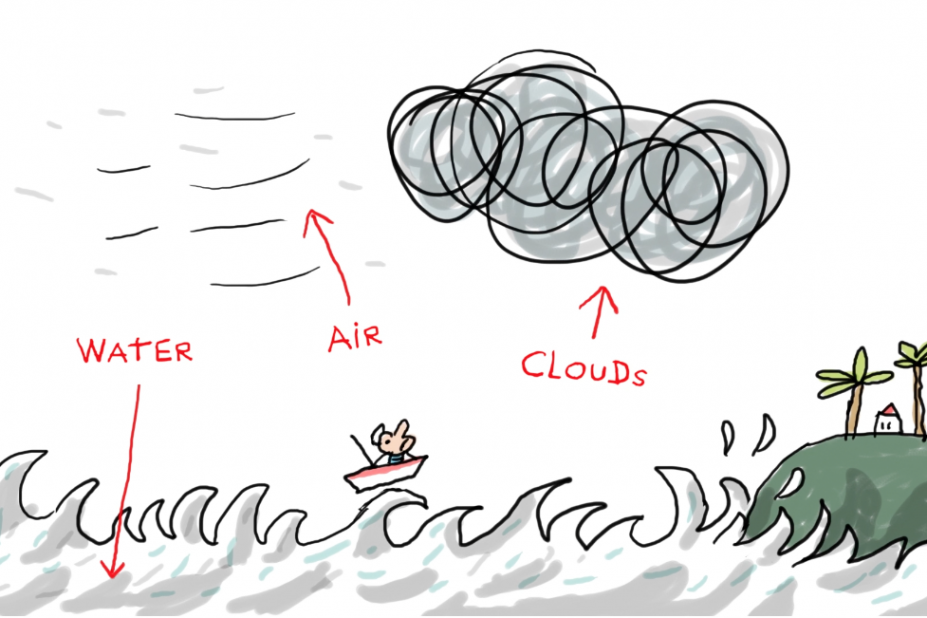Hurricanes are formed by a sequence of phenomena involving water, air and clouds.
In these intense circular storms, there are powerful winds and torrential rainfall.
Meteorologists call them tropical cyclones. They are called hurricanes in the Atlantic Ocean and typhoons in the North Western Pacific.
These violent climatic phenomena always form over warm tropical oceans.
But how do they develop?
How a hurricane actually starts is quite a mystery.
First, a small movement of air disturbance is created. Some say the flutter of a butterfly’s wings is enough!
Next, warm air rises and cold air takes its place.
Clouds are formed, gradually rolling around the eye of the cyclone, swirling quicker and quicker.





 Retour
Retour